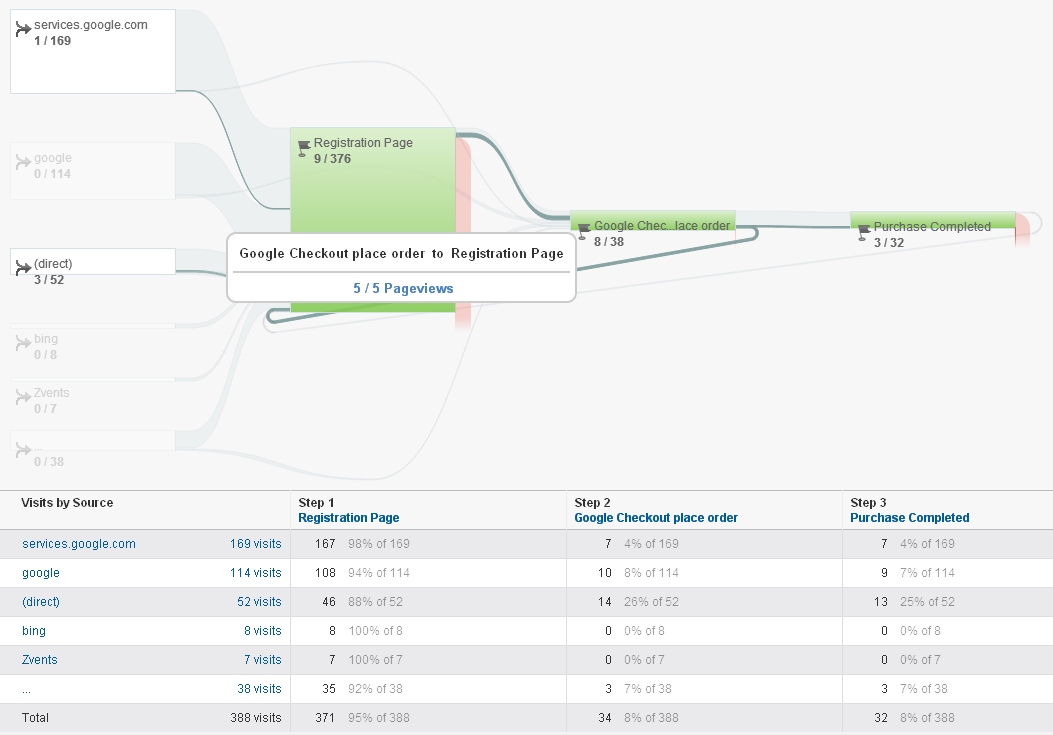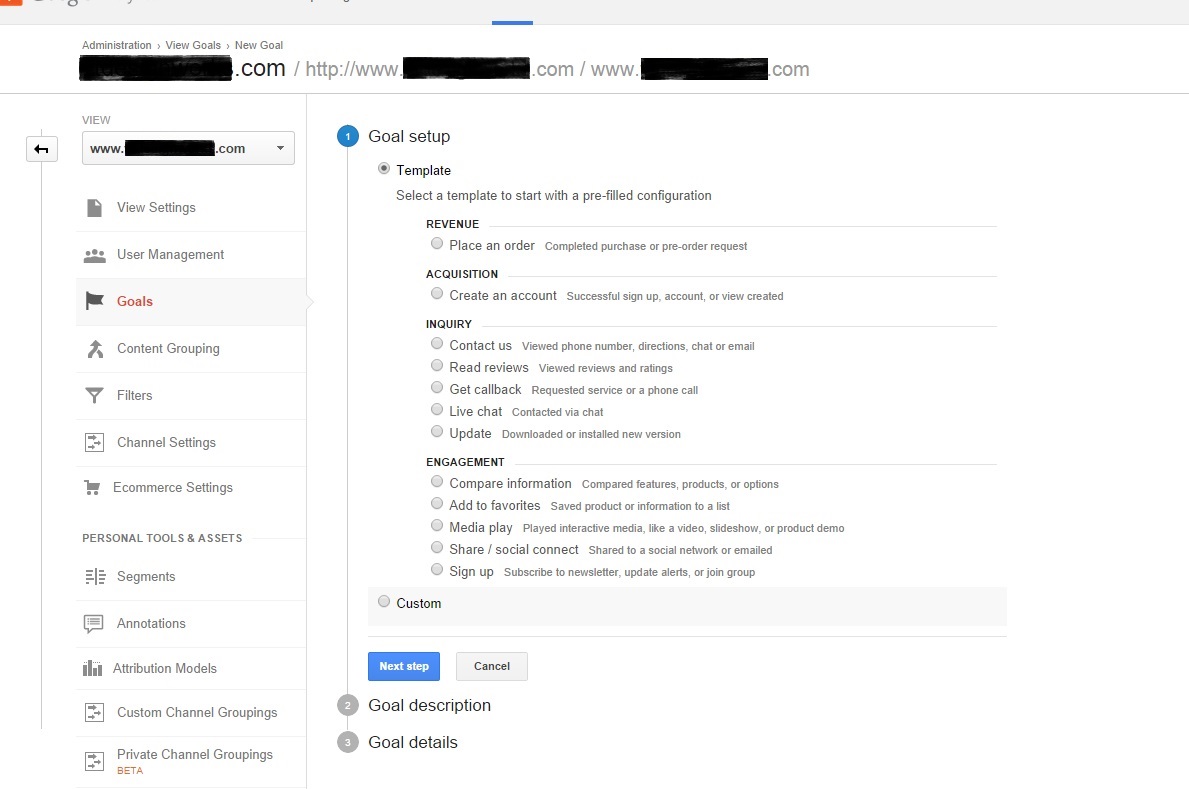Demystifying Google Analytics Limitations: Uncover What Data Goals Can not Track
In the world of electronic analytics, Google Analytics stands as an effective tool that offers important insights right into web site performance and user actions. Nonetheless, in the middle of its abilities, there exist limitations that typically go undetected. Recognizing what Google Analytics can not track is vital for a detailed grasp of information interpretation and decision-making procedures. From the details of individual interaction with vibrant material to the intricacies of cross-device individual journeys, these constraints clarified areas that might remain covered from conventional analytics viewpoints. By unwinding these constraints, a more clear photo arises, enabling more educated strategies and improved insights right into user engagement and conversions.

Customer Interaction With Dynamic Material
User interaction with dynamic content plays a critical role in recognizing individual actions on websites and enhancing the total user experience. Dynamic content refers to elements on a page that can transform without the need for a full page reload. This consists of interactive components such as pop-ups, sliders, forms, and videos that respond to individual activities in real-time. By tracking customer communications with dynamic content, site owners can acquire useful understandings right into customer involvement, choices, and actions.
Google Analytics offers numerous tools to track customer communications with dynamic content, such as occasion tracking and digital pageviews. Event monitoring enables you to keep an eye on specific customer actions, like clicking a switch or watching a video clip, offering information on how customers communicate with vibrant elements.
Cross-Device Customer Journeys
How can modern-day analytics tools track the complicated paths individuals take across numerous gadgets in their on-line journeys? Cross-device individual trips present a substantial challenge for monitoring and analyzing individual behavior precisely. As customers interact with apps or web sites using various gadgets such as tablet computers, smartphones, and desktop computers, it becomes critical to understand exactly how they move in between these systems to optimize user experience efficiently.
Google Analytics encounters constraints in tracking cross-device customer trips as a result of privacy concerns and technical constraints - what data is google analytics goals unable to track. While it can offer insights into individual devices' communications, tracking a smooth customer trip across numerous tools continues to be a difficulty. This limitation can lead to incomplete data and fragmented individual understandings, making it hard for companies to create a unified sight of the consumer trip
To resolve this issue, companies can make use of sophisticated analytics tools that provide cross-device monitoring abilities, enabling them to get a more holistic understanding of customer behavior. By leveraging these tools, businesses can link the gap in tracking cross-device individual trips and enhance their digital methods for a smooth individual experience.
Offline Conversions and Attribution
As services browse the difficulties of tracking cross-device individual trips, an additional pivotal facet to take into consideration is the realm of offline conversions and attribution in the world of data analytics. While Google Analytics supplies important understandings right into online customer actions, it fails when it concerns tracking conversions that occur offline. This limitation poses a significant challenge additional hints for services that have both online and offline sales channels.
Offline conversions, such as purchases made in physical stores or through telephone call centers, are necessary to comprehending the complete customer trip. Without the ability to associate these offline conversions to details online interactions, businesses may have a hard time to accurately determine the impact of their electronic advertising and marketing initiatives.
To resolve this void, businesses can check out alternative remedies such as integrating CRM systems with on-line analytics devices or utilizing distinct coupon codes that can be mapped back to on-line projects. By bridging the gap between online and offline information, organizations can obtain an extra comprehensive understanding of their consumers' behavior and enhance their general marketing techniques.
Person User Recognition
In the realm of data analytics, the capacity to properly identify private customers across numerous on-line touchpoints is a vital challenge for organizations seeking to customize and maximize their advertising and marketing approaches. While Google Analytics gives valuable insights right into individual behavior and communications, it drops brief in allowing the identification of certain individuals because of privacy concerns and technological limitations. Google Analytics makes use of unique identifiers such as cookies to track user sessions and habits, yet these do not equate to determining individual customers in a personal sense.

Information From Secure Pages
In spite of the increasing frequency of secure web pages on internet sites, getting information from these encrypted resources presents a distinct challenge for electronic analytics platforms like Google Analytics. Safeguard pages, shown by HTTPS in the URL, secure information exchanged in between the customer's internet browser and the internet site's server to make sure privacy and security. While this encryption is vital for securing sensitive details, it additionally positions constraints for tracking customer behavior and gathering analytics data.
Google Analytics faces obstacles in collecting comprehensive info from safe web pages because of the file encryption protocols in area. Therefore, specific information factors such as recommendation sources, keyword searches, and also some user communications might not be totally captured when users access a web site with a safe connection. This constraint can affect the accuracy and efficiency of the information analysis, resulting in spaces in understanding user behavior and choices on safe and secure pages.
To navigate this difficulty, electronic experts may require to explore different tracking methods or utilize other tools especially created to collect understandings from safe web pages. By adjusting techniques to fit these constraints, organizations can still derive important analytics despite the restrictions presented by encrypted connections.
Final Thought
In verdict, Google Analytics has limitations in tracking user interaction with dynamic material, cross-device individual journeys, offline conversions, individual user recognition, and information from about his safe and secure web pages. In spite of its important understandings, Google Analytics may not give a total picture of user involvement throughout different touchpoints.
Customer communication with vibrant web content plays a vital function in comprehending individual behavior on internet sites and maximizing the general user experience. By tracking individual interactions with dynamic content, site owners can get beneficial understandings right into user interaction, preferences, and behaviors.
Google Analytics uses distinct identifiers such as cookies to track user sessions and habits, however these do not relate to determining specific customers in an individual sense.
As a result, particular data points such as recommendation resources, keyword searches, and even some customer communications may not be completely caught when customers access a website with a protected link.In verdict, Google Analytics has limitations in tracking individual interaction with vibrant content, cross-device user trips, offline conversions, specific user recognition, and data from secure pages.